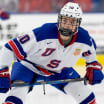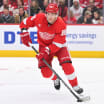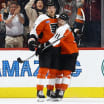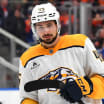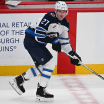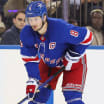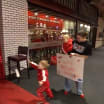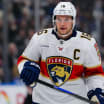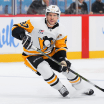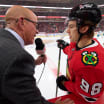Goaltending is an integral part of the Stanley Cup Playoffs. To better understand the strengths and weaknesses of each goaltender, the last 50 goals allowed for each goaltender in the regular season and every goal in the playoffs were charted, with the help of Apex Video Analysis and Save Review System from Upper Hand Inc., to see what patterns emerge.
Bobrovsky vs. Andersen goalie matchup in Eastern Conference Final
Panthers veteran's blocker saves, Hurricanes counterpart's lateral moves key factors

![Sergei Bobrovsky ECF Graphic[100]](https://media.d3.nhle.com/image/private/t_ratio16_9-size20/f_auto/prd/b7hum6hlyzyz8ja6mqp9.jpg)
© Kevin Woodley
![Frederik Andersen ECF Graphic[6]](https://media.d3.nhle.com/image/private/t_ratio16_9-size20/f_auto/prd/tvwpkp7wdtnsgiikwsfi.jpg)
© Kevin Woodley
